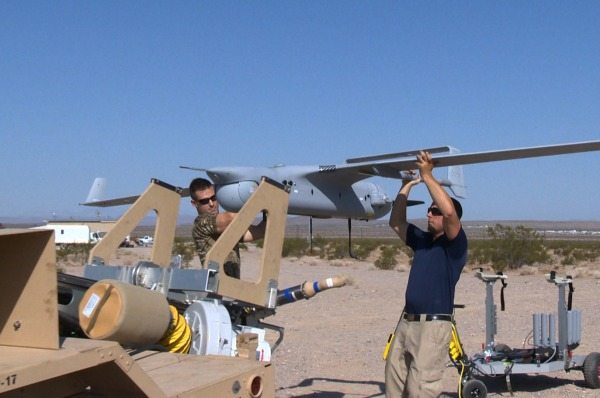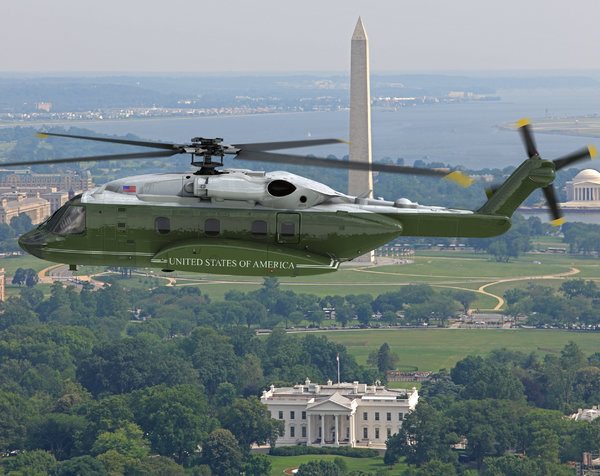The Department of the Navy’s new, versatile small unmanned aircraft system made its first operational deployment overseas at the end of April with a Marine UAS squadron.
Marines from Unmanned Aerial Vehicle Squadron (VMU) 2, located at Marine Corps Air Station, Cherry Point, North Carolina, will use its small UAS, RQ-21A Blackjack, for intelligence, surveillance, and reconnaissance ground missions in support of Operation Enduring Freedom.
“Blackjack will bring new capabilities to the warfighter and provide them greater target acquisition capability with multiple plug-and-play sensors allowing them to stay ahead of the threat,” said Col. Jim Rector, Navy and Marine Corps Small Tactical Unmanned Aircraft Systems program manager who oversees the RQ-21A program. “It is a tremendous accomplishment for the Marines, government and industry team to see it deploy for its first operational mission.”
RQ-21A has a significantly larger payload, mass, volume and power than other small UAS used by Marines in theater today, he said.
The system can carry multi-intelligence payloads including day and night full-motion video cameras, an infrared marker, a laser range finder, a communications relay package and automatic identification system receivers.
The RQ-21A Blackjack system, produced by Insitu, Inc., is comprised of five air vehicles, two ground control systems, and launch and recovery support equipment. It will provide the Navy and Marine Corps warfighter with immediate situational awareness via visual, voice communication and other multi-intelligence data collection capabilities.
The expeditionary nature of the RQ-21A, which does not require a runway for launch and recovery, makes it possible to deploy a multi-intelligence-capable UAS with minimal footprint from ships. This is critical for amphibious operations that Marine Expeditionary Units conduct in in access-denied environments, Rector said.











